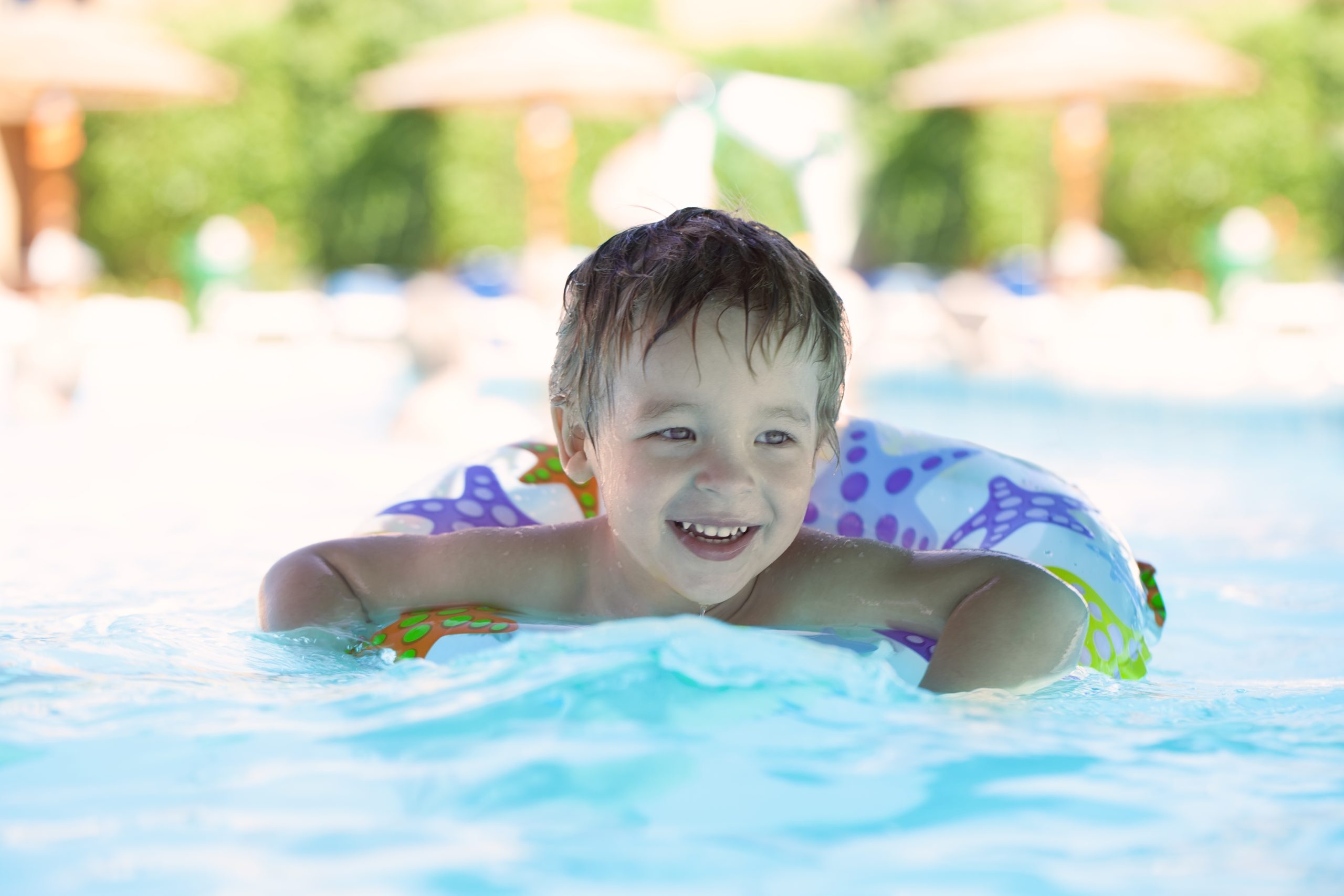Safe Ways to Keep Children Protected While Swimming and Using the Pool
Swimming is one of the best sports and recreational activities for children. However, it also carries risks that, if overlooked, can lead to serious accidents. From drowning to skin infections and even psychological fears, there are many issues parents must pay attention to. In this article, with both analytical and story-based insights, we explore the most important pool safety practices for children.
Why Is Pool Safety Vital for Children?
According to global statistics, drowning is one of the leading causes of death among children under 12 during the summer. Even a few seconds of parental distraction can be dangerous. Moreover, pools can be a source of illnesses and infections. Therefore, pool safety is not just about preventing drowning—it also includes protecting children’s health and psychological well-being.
Real Story: “Just a Moment Was Enough…”
Mr. Moradi, the father of a 7-year-old boy, recalls:
“I thought my son was just playing by the pool. For a moment, I got distracted, and when I turned back, he had fallen into the water. Thankfully, we saved him, but those few seconds were enough. From that day on, I realized you should never leave a child unattended, not even for a moment.”
Golden Rules for Pool Safety with Children
1. Constant Parental Supervision
Nothing can replace a parent’s watchful eyes. Even with a lifeguard present, parents must stay alert at all times.
2. Use of Floatation Aids
Arm bands, life vests, or kickboards can help beginners. However, they should never replace parental supervision.
3. Gradual Swimming Lessons
Children should not jump straight into deep water. Training should begin in shallow areas with simple exercises.
4. Maintaining Water Hygiene
Proper chlorination and showering before and after swimming help prevent skin and eye infections.
5. Respect Pool Rules
Jumping into shallow areas or running along the poolside can cause serious injuries. These rules should be taught to children from the start.
Psychological Perspective: Fear or Excitement?
Some children experience intense fear when entering the water. This fear should not be broken through force. Psychologists recommend introducing water gradually through simple games like splashing or floating. When children feel safe, they gain greater confidence.
Success Story: “My Daughter Now Loves Swimming”
Mrs. Nikrosh shares:
“At first, my daughter was afraid of the water. I didn’t force her—I just stood by her side and let her choose. After a few sessions, she gradually entered the water, and now she insists on going to the pool.”
Pool Safety Checklist for Children
-
Direct supervision by parents at all times
-
Use of certified life jackets or arm bands
-
Swimming in shallow areas until fully trained
-
Showering before and after pool use
-
Teaching basic safety rules
-
Avoiding dangerous games (such as pushing others)
Frequently Asked Questions
What is the best age to start swimming lessons?
Gradual lessons can begin from age 4, though water familiarization at younger ages is also beneficial.
Are arm bands or inflatable rings enough?
They are helpful, but they should never replace parental supervision.
How can we prevent skin infections?
Showering before and after swimming, wearing pool slippers, and ensuring proper water hygiene.
What if a child is afraid of water?
Instead of forcing them, use simple games and provide reassurance to gradually reduce their fear.
Swimming can be a joyful and healthy experience for children—provided safety is taken seriously. By following simple guidelines and staying present, parents can prevent risks and create sweet, memorable moments at the pool.






